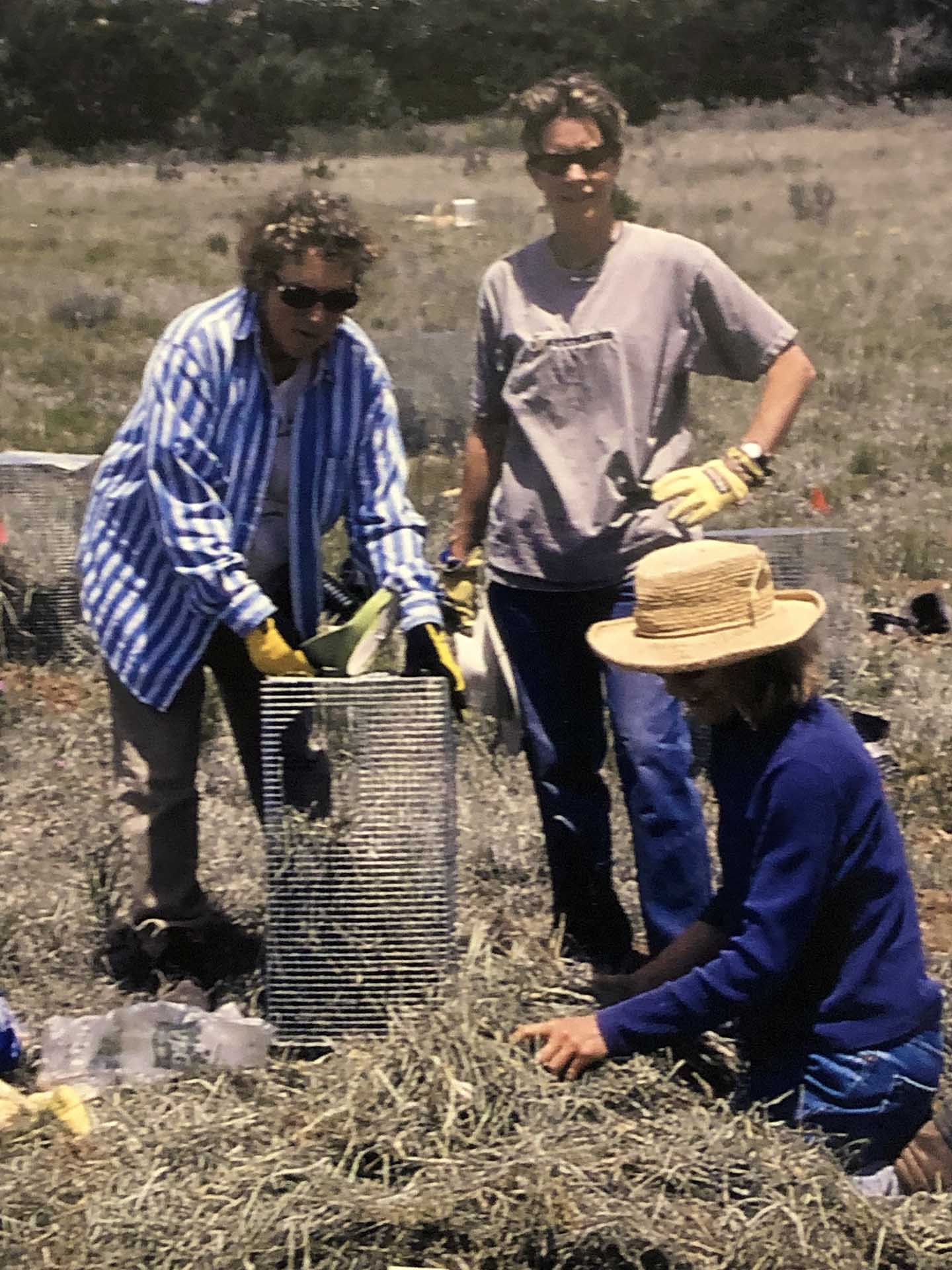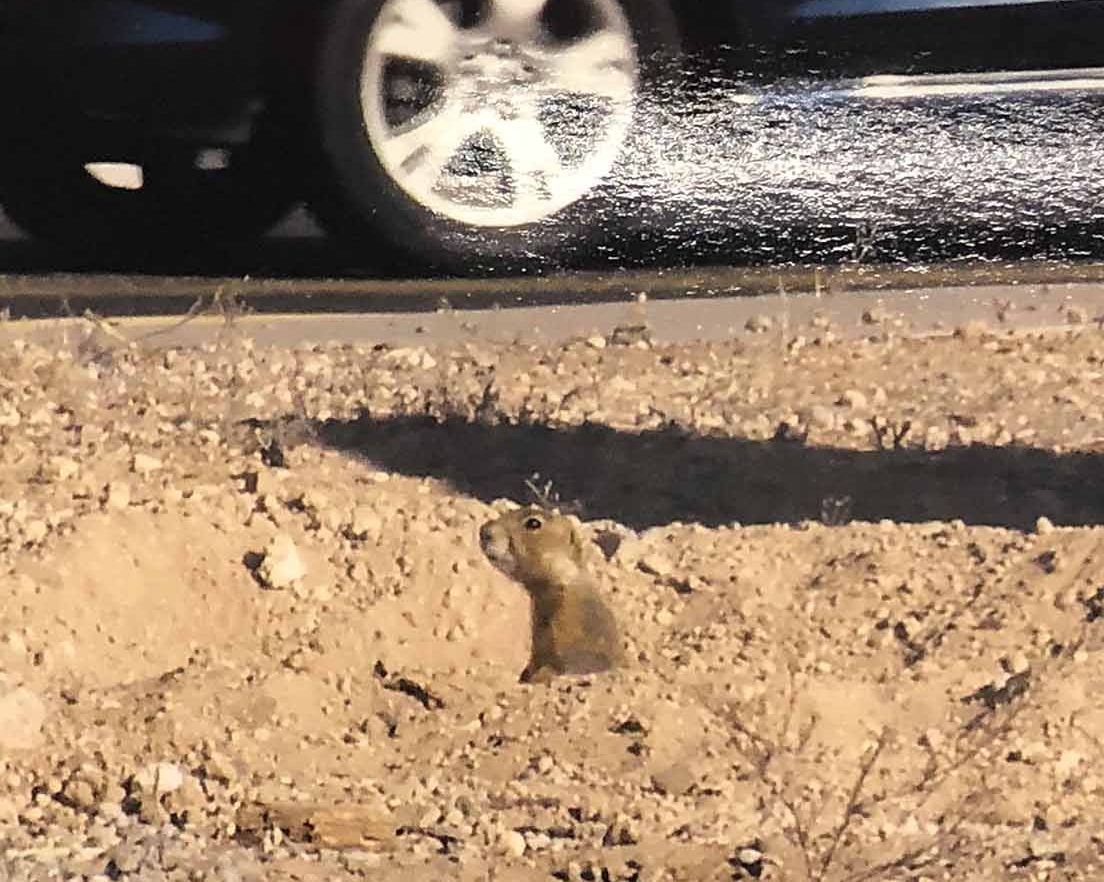Supplemental Feeding
As an environmental organization, PNE does not generally support feeding wildlife. However, Gunnison’s prairie dogs are an exception to this rule. We are faced with an imperiled species whose natural habitat has been thrown out of balance by human development and encroachment. Through no fault of their own, many prairie dogs are living in areas where they have nothing to eat. Rather than letting them starve, we use supplemental feeding to maintain the prairie dogs’ health until relocation and/or land restoration efforts are completed.
Weekly, from mid-March until mid-October, our volunteers take “meals-on-wheels” to multiple prairie dog colonies throughout the city. PNE maintains an account at a local feed store to subsidize the purchase of mixed grains for the feeding program. The volunteers pick up the greens and seeds that prairie dogs eat, cut up the “groceries,” and then distribute them into the burrows. The prairie dogs watch from their holes, sometimes chattering excitedly.

Relocation
Since 1995, PNE has worked with certified relocators to move over 2,000 prairie dogs away from conflict areas and onto protected lands outside of Santa Fe.
PNE is currently engaged in the search for additional relocation sites, on either public or private land, to accommodate the many colonies that will need to be moved in the next year or two.

How We Feed Prairie Dogs
They eat:
- Only lettuce, celery, and parsley; leafy greens such as kale and spinach are not easily digested by prairie dogs
- Most root vegetables (carrots, beets, yams, turnips)
- Peas, celery, corn on the cob
- Vegetable pulp – not fruit pulp
- On occasion, an apple, grapes, or melon
- Mixture of black oiled sunflower seeds and three-way grain without molasses
- Timothy hay (grass hay) – use at least some hay from March to May, when it is used for food and nesting material, and again just prior to hibernation from September to mid-October. Avoid alfalfa hay
They do NOT eat:
- Any fruit (except the above)
- White potatoes
- Cucumbers, peppers, onions or chiles
- Fresh alfalfa or alfalfa hay
- Alfalfa pellets
- Sweet feed (e.g., grains with molasses)
Food should be placed directly in each hole in this order:
- 1st: large handful of veggies
- 2nd. 22oz. cup of seed & grain mixture
- If using grass hay, put veggies & mixture in and cover with grass hay
Water bowls optional
We feed once a week after prairie dogs surface from hibernation between the end of February and mid-March (they go into hibernation in mid-October).
